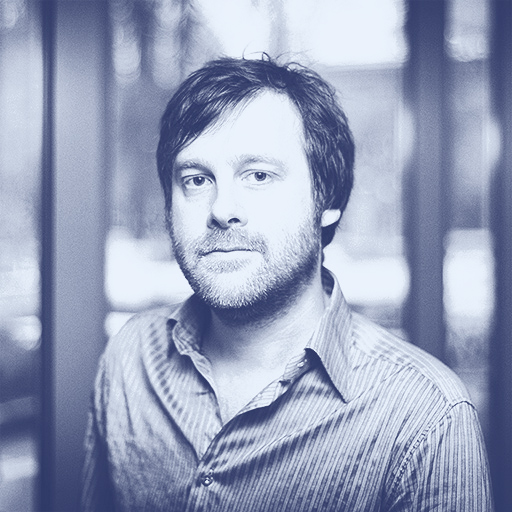Room and Building Acoustics
About the Room and Building Acoustics Course
This course on architectural acoustics covers the two main components of the overall acoustic experience and comfort within rooms and buildings. The introduction to the course will explain the difference between room acoustics and building acoustics. The room acoustics part will introduce the phenomena related to the behaviour of sound in closed spaces. Direct sound, early reflections and reverberation tail will be discussed as the main components of sound in a closed space. The influence of size, shape and finishing materials on the acoustics of closed spaces will be presented. The concept of direct and reverberant sound field in a room will be explained, as well as the boundary between them and the factors that influence its shape. Objective and subjective means of evaluating the acoustical quality of closed spaces will be discussed. The specifics on standard and advanced acoustic design elements will be given. The design criteria for the acoustics of closed spaces will be given according to their intended use, with the basic division to spaces intended for music and the ones intended for speech. Common misconceptions often present in the field will be addressed. Practical cases and listening examples will be given. This part of the course will help the users grasp the basic principles of room acoustics analysis, design and evaluation.
The building acoustics part will describe the concept of airborne and impact sound in a building, as well as the direct and flanking transmission of sound through building structures. The transmission of sound through a building element will be quantified by transmission coefficient and the resulting sound reduction index, both for homogeneous and composite elements. Specifics will be given on common building elements such as single-leaf and double-leaf walls, floors, facades, doors and windows. Uncommon building structures such as box-in-box and free-standing partitions will be explained as well. Objective parameters used for evaluating the airborne and impact sound insulation will be explained. The findings of COST actions FP0702 and TU0901, in terms of acoustic classification of sound insulation, and of H2020-MSCA-RISE-2015: papapuild project no. 690970, in terms of subjective evaluation of sound insulation, are to be incorporated as well. This part of the course will help the end-user gain understanding on the key aspects of sound insulation design, evaluation and classification. Noise in closed spaces will be addressed as the key factor of acoustic comfort, both in terms of external noise coming through building elements and the consequent relation to sound insulation, and of internal noise present in the room due to various sources such as HVAC systems. The fine points of building materials will be given, with the emphasis on ecological aspects, sustainability and low-energy consumption in the production process. Innovative approaches that lead to the design of sustainable and economically sound buildings will be presented.
Course Content Team:







